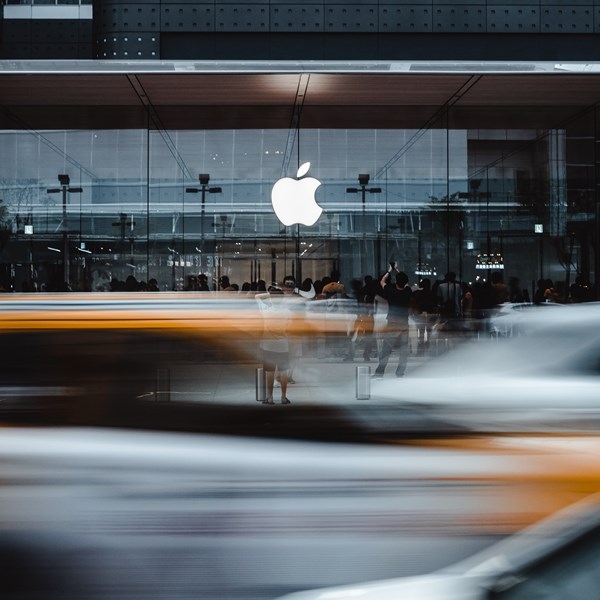Developing and building a new brand is one of the most exciting things any business can do. However, it is not without risks, particularly in this digital age. As soon as a brand hits the internet, it is at immediate risk of being copied, misused and mis-sold in an increasingly diverse range of ways. With this in mind, how can a business deal with counterfeiting?
The unfortunate truth is that most brand owners will experience some level of problems with counterfeits at some point. Not so long ago counterfeits were limited to luxury goods like handbags and designer clothing. Today it is just as likely to impact names more traditionally linked to the high street as well as food and drink products, pharmaceuticals and other FMCGs.
At first counterfeiting might just be an irritant. However, over time fake goods will have a serious impact on a business. They will impact sales revenue, damage consumer trust and fracture long-term confidence in the brand’s reputation and in the quality of its products. There can also be huge compliance issues and health and safety issues which can lead to very public and very expensive legal battles not to mention negative PR.
As such, businesses now need to take an active stand against counterfeits. Part of this process is to understand the various ways to countermand the threat of fakes and implement robust anti-counterfeiting processes internally.
The following suggestions cover some of the key aspects you may want to consider while you discuss how best to protect your brand and products against counterfeiting.
1. AUTOMATED GLOBAL SEARCHES
Automating the way you monitor e-commerce sites, search engines and social media sites across the world will make identifying illegal and infringing products easier, more efficient, and more productive.
2. MAKE ACTING IMMEDIATELY POLICY
When you identify a counterfeit or potentially damaging listing, act immediately to enforce your trade marks, design rights and copyright and force the offending online marketplaces to remove the fraudulent listings. This may include sending cease and desist letters, filing lawsuits for trade mark or copyright infringement or, in the most serious cases, working with law enforcement agencies to instigate criminal investigations.
3. EXAMINE YOUR SUPPLY CHAIN
If you are seeing repeated problems in the same area, there may be an issue in your supply chain. Mix-ups between genuine and illicit stock may not be a coincidence. Insist on stock spot checks, train staff to spot fakes and keep records of all stockists against reported issues of counterfeiting in case you need to take legal action.
4. BUILD YOUR GLOBAL CONNECTIONS
Building closer working relationships with both sellers (online marketplaces, social media platforms, e-commerce websites) and the relevant law enforcement agencies (the police, customs, local anti-counterfeiting initiatives) will make it easier to remove damaging listings and take action against those behind them.
5. ADOPT BRAND AUTHENTICATION TECHNOLOGY
There are more and more brand authentication technologies available to brand owners. Many manufacturers are now using QR codes, holograms, or Near Field Communication (NFC) tags to allow customers to instantly verify the authenticity their purchases. Luxury shoe manufacturer Ferragamo have even installed tracking chips in the heels of their most expensive models!
Industry sources have suggested these technologies have been well received and well used by consumers eager to make sure their purchases are legitimate.
6. LAUNCH PUBLIC AWARENESS CAMPAIGNS
Educating the public on the negative impacts of counterfeit goods is always well received and powerful PR. Even when the motivator for the purchase is to save money, possible health risks and poor quality can convince buyers they should be looking for genuine products. To maximise your audience, you can engage with the media, social media influencers, and consumer advocacy groups as well as relying on the reach of your existing brand audience.
Dealing with counterfeiting requires a multifaceted approach but access to the right technology alongside protection and enforcement expertise will definitely help.
iProvidence is Potter Clarkson’s own online brand protection service. It provides an all-seeing eye over the internet and finds and filters any potential infringements or risks to your brand so we can take the required enforcement action immediately.
If you would like to trial iProvidence so you can see first-hand how it will help make protecting your brands online easier and more effective, please contact us today.






